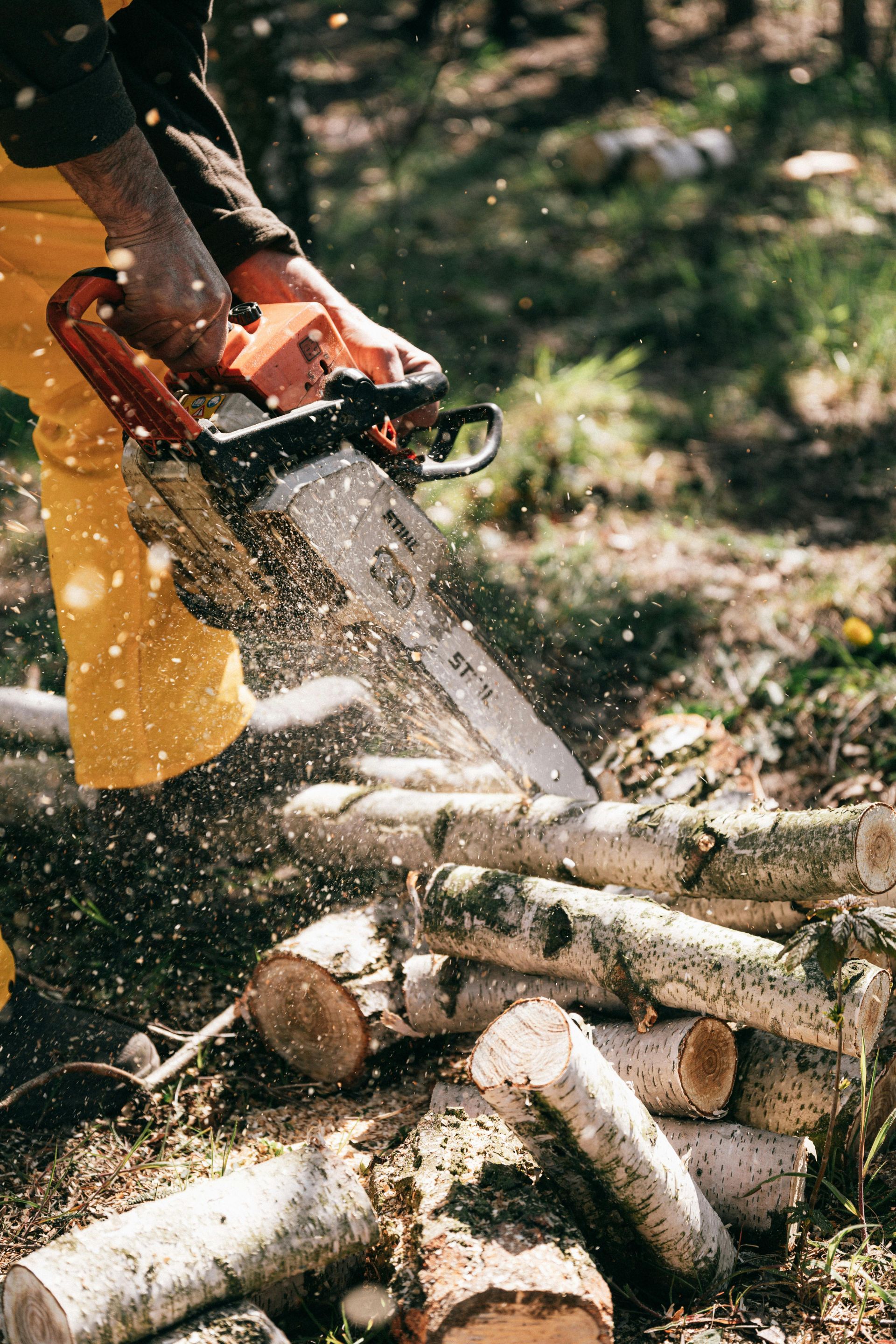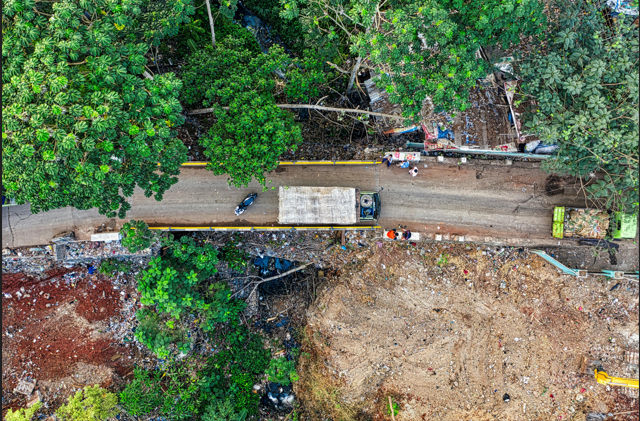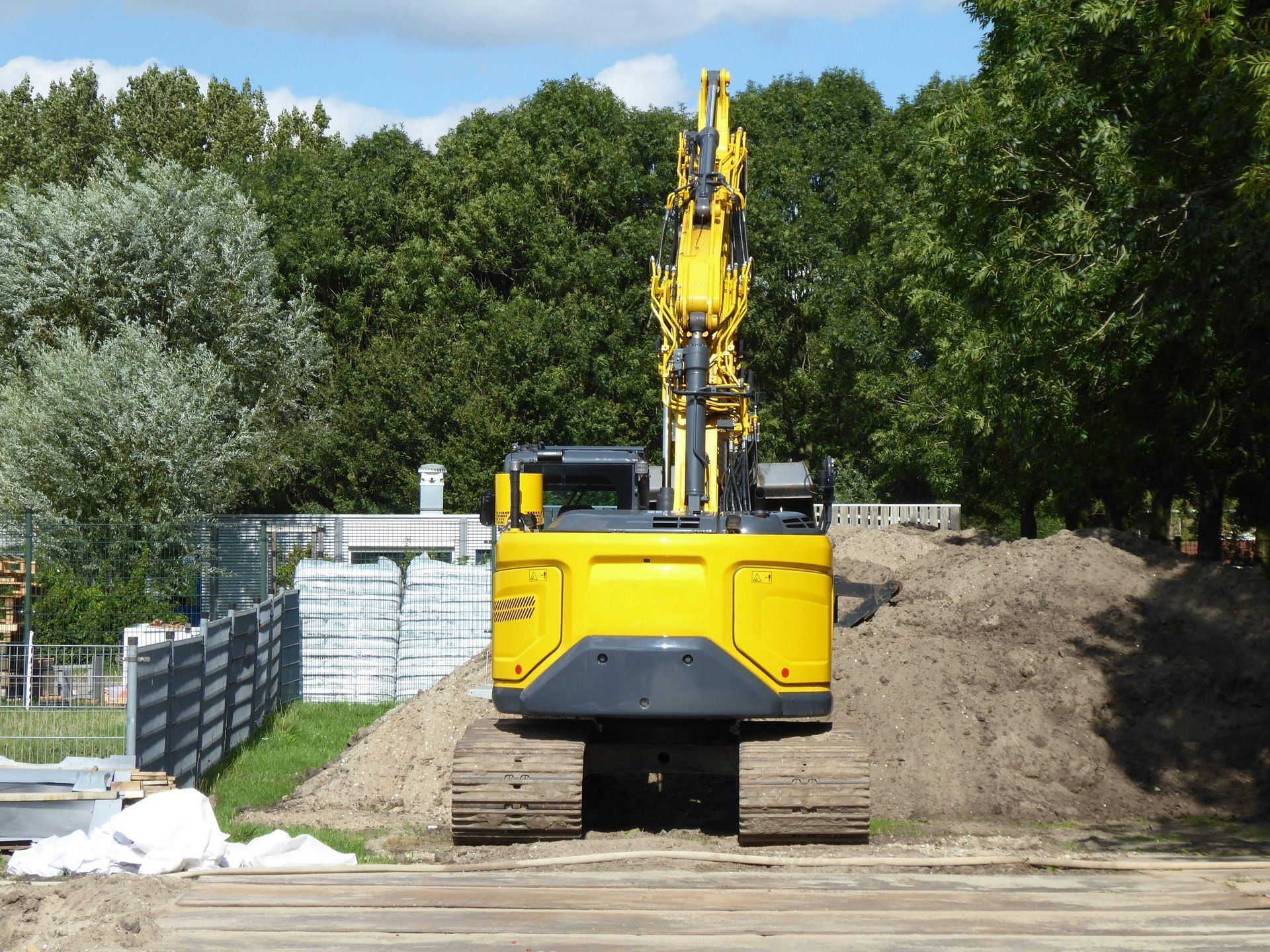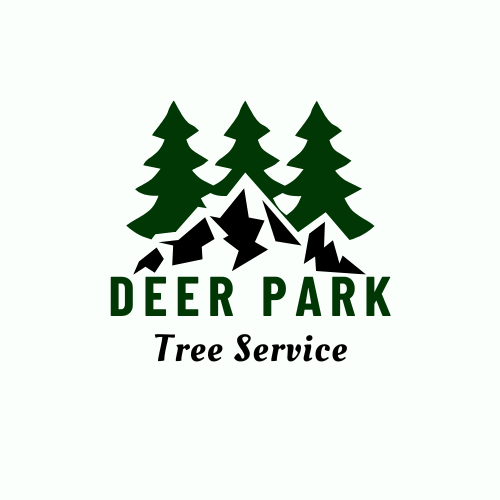Advanced Insights into Bush Trimming, Removal, and Land Clearing

Landscaping and land management have evolved into complex, precision-driven fields, where bush trimming, removal, and land clearing play critical roles. Whether you are looking to improve aesthetics, prevent fire hazards, or prepare land for construction or agricultural use, understanding the advanced techniques and tools involved can make a substantial difference in the quality and efficiency of the job. This article delves into the intricacies of bush trimming, removal, and land clearing, offering both technical insights and practical tips for professionals and DIY enthusiasts alike.
The Importance of Bush Trimming and Removal
Bush trimming and removal go beyond simple aesthetics. While neat, well-maintained bushes can enhance the visual appeal of a property, these tasks often serve functional purposes as well, such as:
- Enhancing property value: Well-maintained outdoor spaces significantly raise a property’s curb appeal, often resulting in higher resale values.
- Health of plants: Proper trimming promotes the health and growth of bushes, shrubs, and trees by removing dead or diseased branches, thus preventing the spread of pests and diseases.
- Fire prevention: In fire-prone regions, removing dry bushes and trimming back overgrown plants can significantly reduce the risk of wildfires.
- Improving visibility and safety: Overgrown bushes can obstruct pathways, views, or even create hiding spots that pose security risks. Trimming them back ensures clearer sightlines and safer outdoor environments.

Understanding Bush Trimming
Bush trimming is more than just cutting back overgrowth. Advanced trimming techniques involve specific principles that promote long-term plant health and aesthetics. The main objective is to encourage healthy growth, maintain a plant’s natural shape, and avoid damaging the overall structure.
1. Pruning vs. Shearing
One of the most common misconceptions is that bush trimming is simply about shearing plants into a neat shape. In reality, there is a distinct difference between pruning and shearing:
- Pruning involves selectively cutting back parts of a bush, typically removing dead, diseased, or overgrown sections to encourage healthy growth. This technique requires careful consideration of plant species, growth habits, and timing to avoid damage.
- Shearing, on the other hand, is the process of cutting back all parts of the bush to a uniform shape. This technique is often used for hedges and ornamental shrubs, but when done improperly, it can lead to unhealthy growth or aesthetic damage.
2. Tools of the Trade
The right tools are essential for effective bush trimming. Depending on the size and type of bushes, professionals often use various equipment:
- Hand pruners: Best for small shrubs and precision work, hand pruners allow for clean cuts and help avoid damaging surrounding foliage.
- Loppers: Ideal for slightly larger branches, loppers offer more leverage and cutting power than hand pruners.
- Hedge trimmers: For hedges and larger areas, electric or gas-powered hedge trimmers can quickly cut through dense foliage, saving time and labor.
- Chainsaws: When dealing with particularly thick bushes or shrubs, a chainsaw might be necessary for more aggressive cutting, although this is often reserved for tree removal.
3. The Right Timing
When it comes to trimming bushes, timing is crucial. Trimming at the wrong time of year can stunt growth or interfere with flowering cycles. The best time to trim most bushes is in late winter or early spring before new growth begins. However, there are exceptions depending on the plant species, so it’s important to research the specific needs of the plants you're trimming.

Advanced Bush Removal Techniques
Bush removal becomes necessary when trimming is insufficient to address overgrowth, disease, or the need to clear space for other landscaping purposes. Efficient and eco-friendly removal methods require a deep understanding of different plant types, their root systems, and the tools needed to remove them effectively.
1. Manual vs. Mechanical Removal
For smaller bushes, manual removal can be effective and cost-efficient. This typically involves digging around the bush to expose the root system, cutting through the roots, and then pulling the bush out of the ground. This is a labor-intensive process but can be done without heavy machinery.
However, for larger or more established bushes, mechanical removal is often necessary. Stump grinders and brush cutters are commonly used to speed up the process. A stump grinder can break down the roots of larger shrubs, while a brush cutter can slice through thick growth.
2. Chemical Removal
In some cases, particularly for invasive species or plants with stubborn root systems, chemical treatments may be necessary. Herbicides can be applied directly to the stump or roots of unwanted bushes to stop regrowth. However, care must be taken when using chemicals to avoid harming surrounding plants or contaminating soil and groundwater.
3. Stump Grinding and Root Removal
After the bush is removed, stump grinding is an effective way to prevent regrowth and clear the land for further development. By grinding the stump down several inches below ground level, you can make sure that the bush does not resprout. Additionally, removing roots is often necessary to prevent future growth, as some bush roots can extend far beyond the visible area.

Land Clearing for Development
Land clearing involves the complete removal of trees, bushes, and other vegetation from a specific area, typically in preparation for construction, agriculture, or infrastructure projects. Unlike bush trimming or removal, land clearing is a much larger-scale operation, and it involves the use of specialized equipment and techniques.
1. The Land Clearing Process
The land clearing process involves several phases:
- Site assessment: Before clearing begins, the area is evaluated to identify any environmental concerns, such as protected species or wetland areas. This assessment helps determine which parts of the land can be cleared and whether any permits are required.
- Vegetation removal: Trees, bushes, and underbrush are removed using heavy machinery such as bulldozers, excavators, and mulchers. Depending on the size of the area and the type of vegetation, the removal can be quite complex.
- Debris management: After the vegetation is removed, the resulting debris (branches, logs, and other plant material) must be disposed of or repurposed. Wood can be chipped for mulch, while larger logs may be sold for lumber or firewood.
2. Equipment Used in Land Clearing
Land clearing requires specialized equipment to handle large-scale tasks efficiently and safely. Common machines used in the process include:
- Bulldozers: Used for pushing large amounts of vegetation and debris.
- Excavators: Help to uproot trees and shrubs, as well as dig trenches or remove stumps.
- Mulchers and Brush Cutters: These machines shred plant material into smaller, manageable pieces, which can be recycled or disposed of.
- Tractors: For clearing smaller or more accessible land, tractors with attachments like a rake or root grapple can be highly effective.
3. Sustainable Land Clearing Practices
Sustainable land clearing has become an important focus due to concerns about environmental degradation. Techniques like selective clearing, where only the necessary vegetation is removed, and retaining some tree canopy, can help preserve local ecosystems. Additionally, minimizing the use of chemicals and opting for mulching over burning helps reduce the impact on air quality.

Bush trimming, removal, and land clearing are essential processes in land management that require a mix of skills, tools, and knowledge of local ecosystems. By understanding advanced techniques and investing in the right equipment, individuals and professionals can ensure that their projects are carried out efficiently, safely, and in a way that promotes long-term environmental health. Whether you're enhancing the beauty of your landscape or preparing land for development, adopting an informed, careful approach to these tasks can make all the difference.
Contact Us Today
Ready to take the next step in tree care? Give us a call today to ask about our tree trimming, pruning, removal, and stump grinding services. We’re here to help you keep your property safe and your trees healthy for years to come!

At Deer Park Tree Service, we create outdoor tree oases for many homes and commercial buildings in the Abbotsford and lower mainland area.
MENU
STAY CONNECTED
Join our newsletter and find out more
Contact Us
We will get back to you as soon as possible
Please try again later
All Rights Reserved |Powered By Snapps